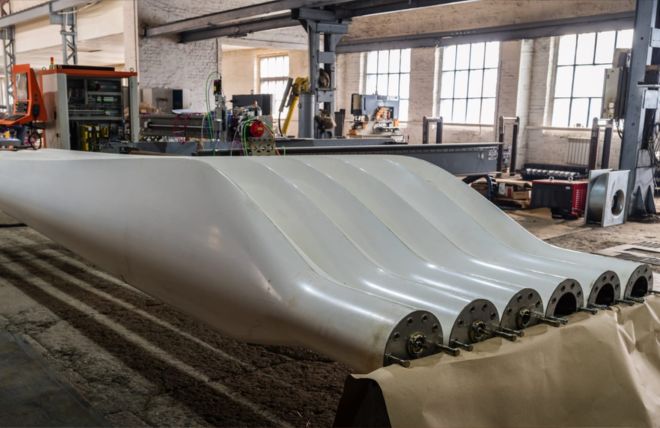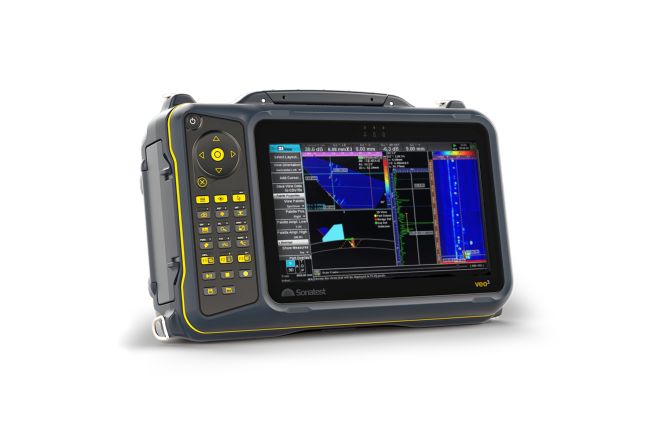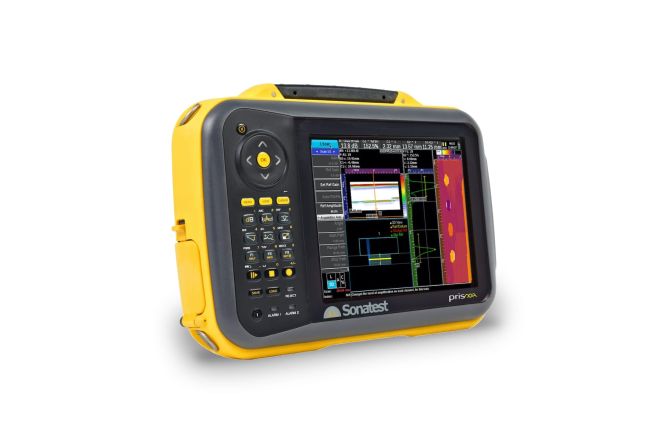- Blog
Exploring the Power of Ultrasonic Inspection of GFRP: Enhancing Defect Detection and Characterisation
20th June 2023
Renato Nogueira, Applications Specialist, Sonatest

Glass fiber reinforced polymer (GFRP) is a composite material that combines glass fibers with a polymer matrix, typically made from epoxy, polyester, or vinyl ester.
This combination results in a lightweight, high-strength material with excellent mechanical properties. GFRP finds a wide range of applications across various industries. Here are some common applications of glass fiber reinforced polymer: construction and infrastructure, automotive, aerospace, aviation, and wind energy. These are just a few examples of the wide range of applications for glass fiber reinforced polymer. The versatility, strength, and corrosion resistance of GFRP make it a valuable material in many industries where lightweight, durable, and high-performance components are required. However, GFRP materials can experience various types of defects during manufacturing, handling, or in-service conditions. Some typical defects that may be found in GFRP include: delamination, fiber misalignment, voids, matrix cracking, matrix cracking, and fiber breakage.
Ultrasonic inspection is a commonly used non-destructive testing (NDT) method for evaluating the integrity of GFRP materials. Ultrasonic testing involves the use of high-frequency sound waves that are transmitted through the material and then received and analyzed to detect any defects or anomalies. Ultrasonic inspection of GFRP offers several advantages, including the ability to detect both surface and subsurface defects, high sensitivity, and real-time results. It can be used for quality control during manufacturing, in-service inspections, and structural integrity assessments.
FMC (Full Matrix Capture) and TFM (Total Focusing Method) are advanced ultrasonic inspection techniques that can be applied to GFRP (Glass Fiber Reinforced Polymer) inspection to enhance defect detection and characterization. When applied to GFRP inspection, FMC and TFM offer several benefits: improved image quality, enhanced defect sizing and characterization, flexibility and adaptability, and data post processing.
However, it's important to note that the effectiveness of ultrasonic inspection may vary depending on the specific GFRP configuration, the presence of complex geometries, and the size and type of defects being targeted. It is recommended to consult with experienced NDT professionals or specialists in GFRP inspection to ensure accurate and reliable results.
Learn more about GFRP Inspection with Sonatest
Advanced Techniques for GFRP Inspection
Please contact our Applications Team if you have any questions. You can also find more solutions on our website.
To follow further content and our newsletter, please contact us and check “Add to mailing list”.

